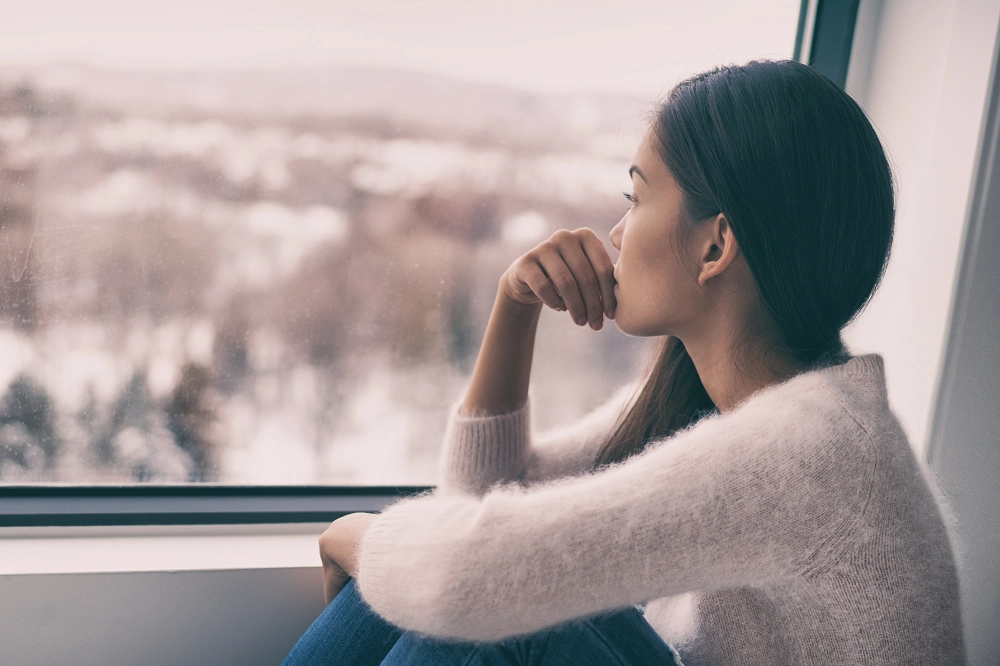It starts in late summer, the sense that our sunny days are slipping away. We live outside. In fall, we text “hoping for sunshine!” in our group chats before tailgates. We set the clocks back and cringe, knowing we’ll see the sun even less. Then comes winter. Sure, the sun shines sometimes, but the cold can keep us cooped up inside.
If you notice certain changes that correspond to the change in seasons, you may be sensitive to fall and winter’s lower sunlight levels. You may be mildly affected, or experience more significant changes referred to as seasonal affective disorder (SAD) or seasonal depression. In addition to feeling down, these seasonal changes often include low energy, oversleeping, overeating, carbohydrate cravings, and weight gain.
SAD increases with latitude, so it’s more common here in Michigan than in Florida, for example. Women are more likely than men to have SAD, and, while it’s not prevalent in children, younger adults are at the highest risk.
But if you are affected, you don’t have to suffer until spring. You can:
- Increase your exposure to natural light. Get outside. Take walks if possible. Bright sun is great, but any outdoor light helps. At home or work, open blinds and sit by windows.
- Consider light therapy. Research supports the effectiveness of light therapy and, increasingly, university wellness centers are offering it for students. It is exposure to artificial light from a light box, available via internet or other retailers. The Mayo Clinic website has an excellent article on light therapy including uses, risks, and guidelines. [1]
- Regulate sleep patterns. Going to bed and waking up at roughly the same time daily, along with reducing napping, provides a healthy rhythm and maximizes daylight exposure.
- Exercise and eat well. You’ve heard it before, but there’s power in movement and making thoughtful food choices. Treating exercise as a “must” and keeping your eating balanced can combat symptoms.
- Use counseling. Talk therapy can help you better identify and understand seasonal depression and find ways to alleviate it.
- Talk to your doctor. Certain medications can treat SAD, and your doctor can evaluate whether other medical factors are affecting how you’re feeling.
As the writer of Ecclesiastes said: “The light is pleasant, and it is good for the eyes to see the sun.” (11:7, NASB). If winter is a hard time for you, try these tools and don’t hesitate to seek support.
[1] Mayo Clinic. (2017, February 8). Light Therapy. https://www.mayoclinic.org/tests-procedures/light-therapy/about/pac-20384604



